Soil Conservation Service Curve Number (SCS-CN) Method Current Applications, Remaining Challenges, and Future Perspectives
Source: https://www.mdpi.com
Edited by: Konstantinos X. Soulis
Usually dispatched in 2 to 3 days
Usually dispatched in 2 to 3 days
Category:
Irrigation & Agriculture
Only logged in customers who have purchased this product may leave a review.
Related products
Soil Water Flow And Irrigated Soil Water Balance In Response To Powder River Basin Coalbed Methane Product Water
In the soil columns experiment, A and B horizon materials from sandy loam, silt loam, and clay loam soils were pre-treated with water having salinity and sodicity typical of PRB CBM water or of Powder River (PR) water currently used for irrigation in the basin. Tension infiltrometer measurements were used to determine infiltration flux, first using pre-treatment water, and subsequently deionized (DI) water, simulating rainwater. Measurements were compared by pre-treatment water, horizon, and soil type. Under pre-treatment water testing, the sandy loam and clay loam soils pre-treated with CBM water exhibited smaller infiltration flux values than when pre-treated with PR water. Only the sandy loam soil showed a greater decrease in infiltration flux with DI water on soils pre-treated with CBM relative to PR water pre-treated soils. There was no difference in infiltration flux decrease with DI water between A and B horizon soils, or between smectite and non-smectite soils.
Soil Water Flow And Irrigated Soil Water Balance In Response To Powder River Basin Coalbed Methane Product Water
In the soil columns experiment, A and B horizon materials from sandy loam, silt loam, and clay loam soils were pre-treated with water having salinity and sodicity typical of PRB CBM water or of Powder River (PR) water currently used for irrigation in the basin. Tension infiltrometer measurements were used to determine infiltration flux, first using pre-treatment water, and subsequently deionized (DI) water, simulating rainwater. Measurements were compared by pre-treatment water, horizon, and soil type. Under pre-treatment water testing, the sandy loam and clay loam soils pre-treated with CBM water exhibited smaller infiltration flux values than when pre-treated with PR water. Only the sandy loam soil showed a greater decrease in infiltration flux with DI water on soils pre-treated with CBM relative to PR water pre-treated soils. There was no difference in infiltration flux decrease with DI water between A and B horizon soils, or between smectite and non-smectite soils.
Standards For Landscape Irrigation Systems
Introduction:
The following Standards for Landscape Irrigation Systems replace the previous publication of March 1997. They have been developed by the Irrigation Industry Association of British Columbia to reflect the current minimum Standards for the industry and to provide guidance to its members as a benchmark for their performance. The principles embodied in these Standards apply to all landscape irrigation systems but the special circumstances of some owners or installations may require the development of more customized specifications related to the project. The use of these Standards is intended to encourage efficient and responsible water management and result in irrigation systems that are economical, practical, and sustainable. Owners, designers, and installers of these systems are responsible for the use of a precious and finite resource to maintain healthy and functional landscapes. Accepted industry practice reflects these goals. The Irrigation Industry Association of British Columbia accepts no liability arising from the use of these Standards in contractual relationships between parties to an irrigation project.
Standards For Landscape Irrigation Systems
Introduction:
The following Standards for Landscape Irrigation Systems replace the previous publication of March 1997. They have been developed by the Irrigation Industry Association of British Columbia to reflect the current minimum Standards for the industry and to provide guidance to its members as a benchmark for their performance. The principles embodied in these Standards apply to all landscape irrigation systems but the special circumstances of some owners or installations may require the development of more customized specifications related to the project. The use of these Standards is intended to encourage efficient and responsible water management and result in irrigation systems that are economical, practical, and sustainable. Owners, designers, and installers of these systems are responsible for the use of a precious and finite resource to maintain healthy and functional landscapes. Accepted industry practice reflects these goals. The Irrigation Industry Association of British Columbia accepts no liability arising from the use of these Standards in contractual relationships between parties to an irrigation project.
Optimizing Plant Water Use Efficiency for a Sustainable Environment
The rising shortage of water resources in crop-producing regions worldwide and the need for irrigation optimisation call for sustainable water savings. The allocation of irrigation water will be an ever-increasing source of pressure because of vast agricultural demands under changing climatic conditions. Consequently, irrigation has to be closely linked with water-use efficiency with the aim of boosting productivity and improving food quality, singularly in those regions where problems of water shortages or collection and delivery are widespread. The present Special Issue (SI) showcases 19 original contributions, addressing water-use efficiency in the context of sustainable irrigation management to meet water scarcity conditions. These papers cover a wide range of subjects including (i) interaction mineral nutrition and irrigation in horticultural crops, (ii) sustainable irrigation in woody fruit crops, (iii) medicinal plants, (iv) industrial crops, and (v) other topics devoted to remote sensing techniques and crop water requirements, genotypes for drought tolerance, and agricultural management.
Optimizing Plant Water Use Efficiency for a Sustainable Environment
The rising shortage of water resources in crop-producing regions worldwide and the need for irrigation optimisation call for sustainable water savings. The allocation of irrigation water will be an ever-increasing source of pressure because of vast agricultural demands under changing climatic conditions. Consequently, irrigation has to be closely linked with water-use efficiency with the aim of boosting productivity and improving food quality, singularly in those regions where problems of water shortages or collection and delivery are widespread. The present Special Issue (SI) showcases 19 original contributions, addressing water-use efficiency in the context of sustainable irrigation management to meet water scarcity conditions. These papers cover a wide range of subjects including (i) interaction mineral nutrition and irrigation in horticultural crops, (ii) sustainable irrigation in woody fruit crops, (iii) medicinal plants, (iv) industrial crops, and (v) other topics devoted to remote sensing techniques and crop water requirements, genotypes for drought tolerance, and agricultural management.
Water and Agriculture: Towards Sustainable Solutions
The main pressures from agriculture are linked to diffuse pollution from nutrients and chemicals, water abstraction and hydromorphological changes. Often several pressures act at the same time, potentially increasing the range of ecological impacts. According to information reported under the WFD, around one third of surface water bodies fail to achieve good status because of one or several of these pressures.
Water and Agriculture: Towards Sustainable Solutions
The main pressures from agriculture are linked to diffuse pollution from nutrients and chemicals, water abstraction and hydromorphological changes. Often several pressures act at the same time, potentially increasing the range of ecological impacts. According to information reported under the WFD, around one third of surface water bodies fail to achieve good status because of one or several of these pressures.
Soil Water and Agronomic Productivity
The need for an efficient use of soil water is.also enhanced by the lack of availability of freshwater
supply for supplemental irrigation. Global water use for agriculture,.as a percentage of the total water
use,was 81.4% in 1900, 72.3% in 1950, 68.2% in 1975, and 56.7% in 2000. Global water use for urban
purposes (km 3/year) was 20 in 1900, 60 in 1950, 150 in 1975, and 440 in 2000. Similarly, global water
use (km 3/year) for industrial purposes was 30 in 1900, 190 in 1950, 630 in 1975, and 1900 in 2000
Availability of water for irrigation is also constrained by the diversion to fossil fuel production
and eutrophication/pollution of water resources. One liter of bioethanol production requires 3500L
of fresh water. Thus, there is a strong and prime need for conserving, recycling, and improving soil-
water resources to meet the food demands of the growing world population.
supply for supplemental irrigation. Global water use for agriculture,.as a percentage of the total water
use,was 81.4% in 1900, 72.3% in 1950, 68.2% in 1975, and 56.7% in 2000. Global water use for urban
purposes (km 3/year) was 20 in 1900, 60 in 1950, 150 in 1975, and 440 in 2000. Similarly, global water
use (km 3/year) for industrial purposes was 30 in 1900, 190 in 1950, 630 in 1975, and 1900 in 2000
Availability of water for irrigation is also constrained by the diversion to fossil fuel production
and eutrophication/pollution of water resources. One liter of bioethanol production requires 3500L
of fresh water. Thus, there is a strong and prime need for conserving, recycling, and improving soil-
water resources to meet the food demands of the growing world population.
Soil Water and Agronomic Productivity
The need for an efficient use of soil water is.also enhanced by the lack of availability of freshwater
supply for supplemental irrigation. Global water use for agriculture,.as a percentage of the total water
use,was 81.4% in 1900, 72.3% in 1950, 68.2% in 1975, and 56.7% in 2000. Global water use for urban
purposes (km 3/year) was 20 in 1900, 60 in 1950, 150 in 1975, and 440 in 2000. Similarly, global water
use (km 3/year) for industrial purposes was 30 in 1900, 190 in 1950, 630 in 1975, and 1900 in 2000
Availability of water for irrigation is also constrained by the diversion to fossil fuel production
and eutrophication/pollution of water resources. One liter of bioethanol production requires 3500L
of fresh water. Thus, there is a strong and prime need for conserving, recycling, and improving soil-
water resources to meet the food demands of the growing world population.
supply for supplemental irrigation. Global water use for agriculture,.as a percentage of the total water
use,was 81.4% in 1900, 72.3% in 1950, 68.2% in 1975, and 56.7% in 2000. Global water use for urban
purposes (km 3/year) was 20 in 1900, 60 in 1950, 150 in 1975, and 440 in 2000. Similarly, global water
use (km 3/year) for industrial purposes was 30 in 1900, 190 in 1950, 630 in 1975, and 1900 in 2000
Availability of water for irrigation is also constrained by the diversion to fossil fuel production
and eutrophication/pollution of water resources. One liter of bioethanol production requires 3500L
of fresh water. Thus, there is a strong and prime need for conserving, recycling, and improving soil-
water resources to meet the food demands of the growing world population.
Soil Hydrology for a Sustainable Land Management
Soil hydrology determines the water–soil–plant interactions in the Earth’s system because porous medium acts as an interface within the atmosphere and lithosphere; regulates main processes such as runoff discharge, aquifer recharge, movement of water, and solutes into the soil; and ultimately the amount of water retained and available for plants growth. Soil hydrology can be strongly affected by land management. Therefore, investigations aimed at assessing the impact of land management changes on soil hydrology are necessary, especially to optimize water resources. This Special Issue collects 12 original contributions addressing the state-of-the-art advances in soil hydrology for sustainable land management.
These contributions cover a wide range of topics including (i) the effects of land use change, (ii) water use efficiency, (iii) erosion risk, (iv) solute transport, and (v) new methods and devices for improved characterization of soil physical and hydraulic properties. They include both field and laboratory experiments as well as modelling studies. Different spatial scales, i.e., from field to regional scales, and a wide range of geographic regions are also covered. The collection of these manuscripts presented in this Special Issue provides a relevant knowledge contribution for effective saving water resources and sustainable land management.
Soil Hydrology for a Sustainable Land Management
Soil hydrology determines the water–soil–plant interactions in the Earth’s system because porous medium acts as an interface within the atmosphere and lithosphere; regulates main processes such as runoff discharge, aquifer recharge, movement of water, and solutes into the soil; and ultimately the amount of water retained and available for plants growth. Soil hydrology can be strongly affected by land management. Therefore, investigations aimed at assessing the impact of land management changes on soil hydrology are necessary, especially to optimize water resources. This Special Issue collects 12 original contributions addressing the state-of-the-art advances in soil hydrology for sustainable land management.
These contributions cover a wide range of topics including (i) the effects of land use change, (ii) water use efficiency, (iii) erosion risk, (iv) solute transport, and (v) new methods and devices for improved characterization of soil physical and hydraulic properties. They include both field and laboratory experiments as well as modelling studies. Different spatial scales, i.e., from field to regional scales, and a wide range of geographic regions are also covered. The collection of these manuscripts presented in this Special Issue provides a relevant knowledge contribution for effective saving water resources and sustainable land management.




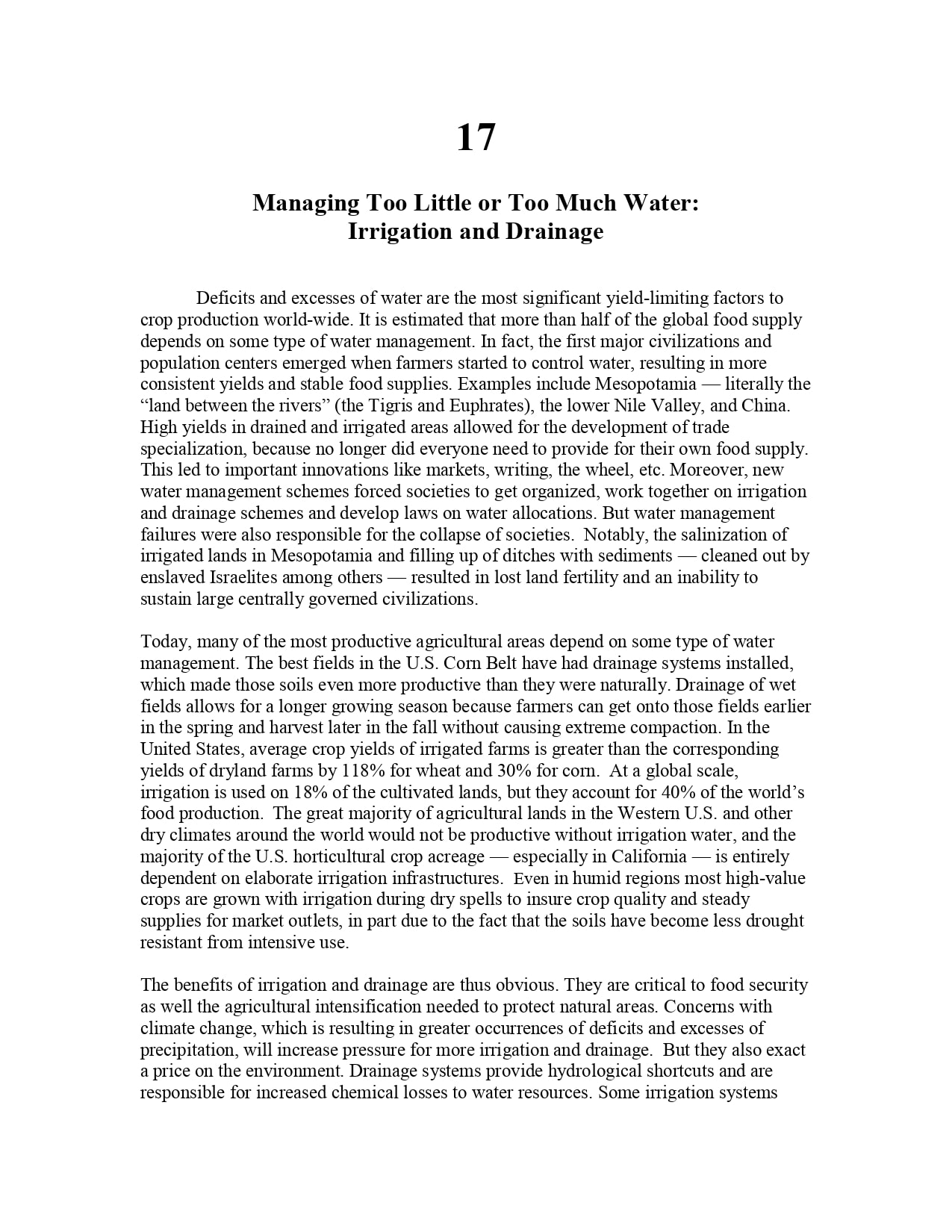


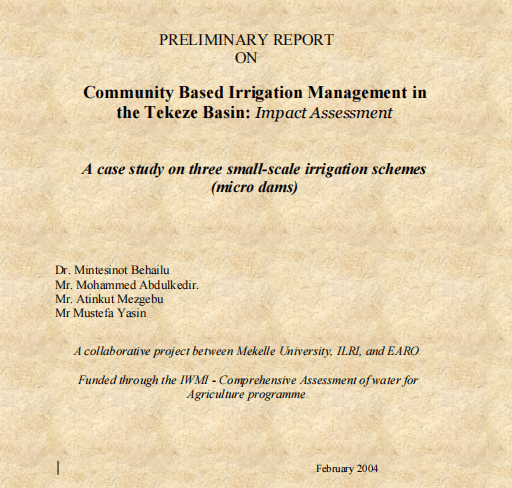
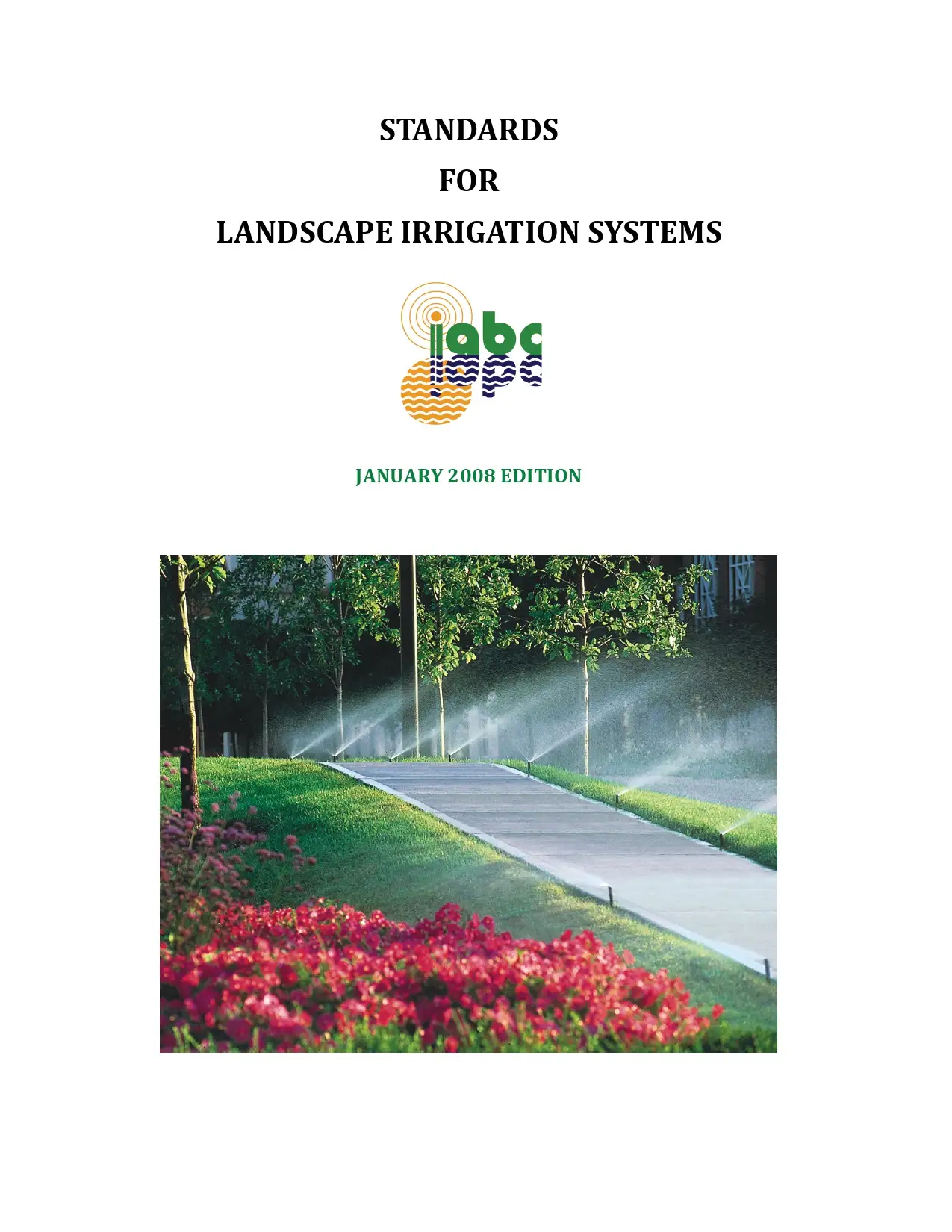

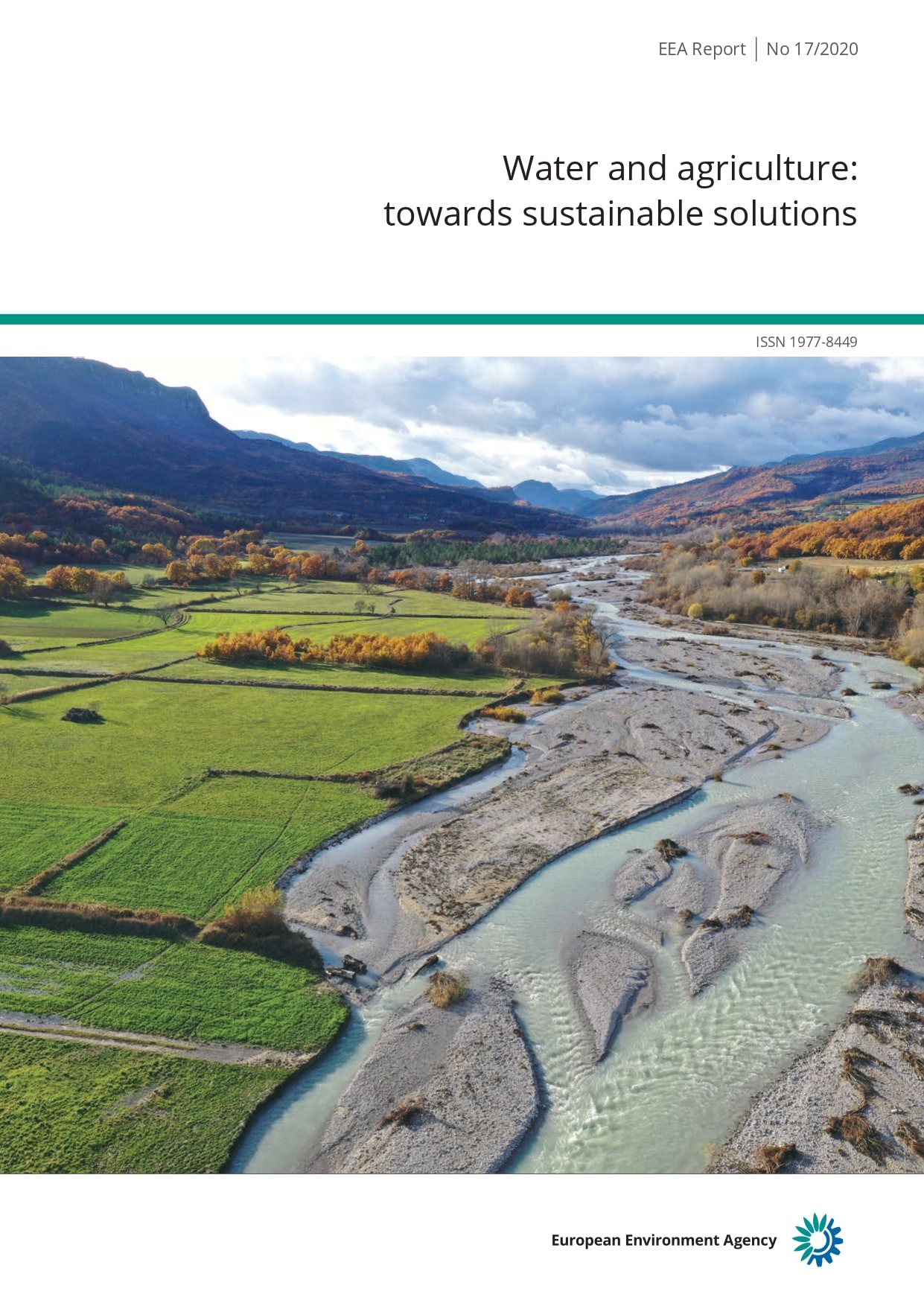
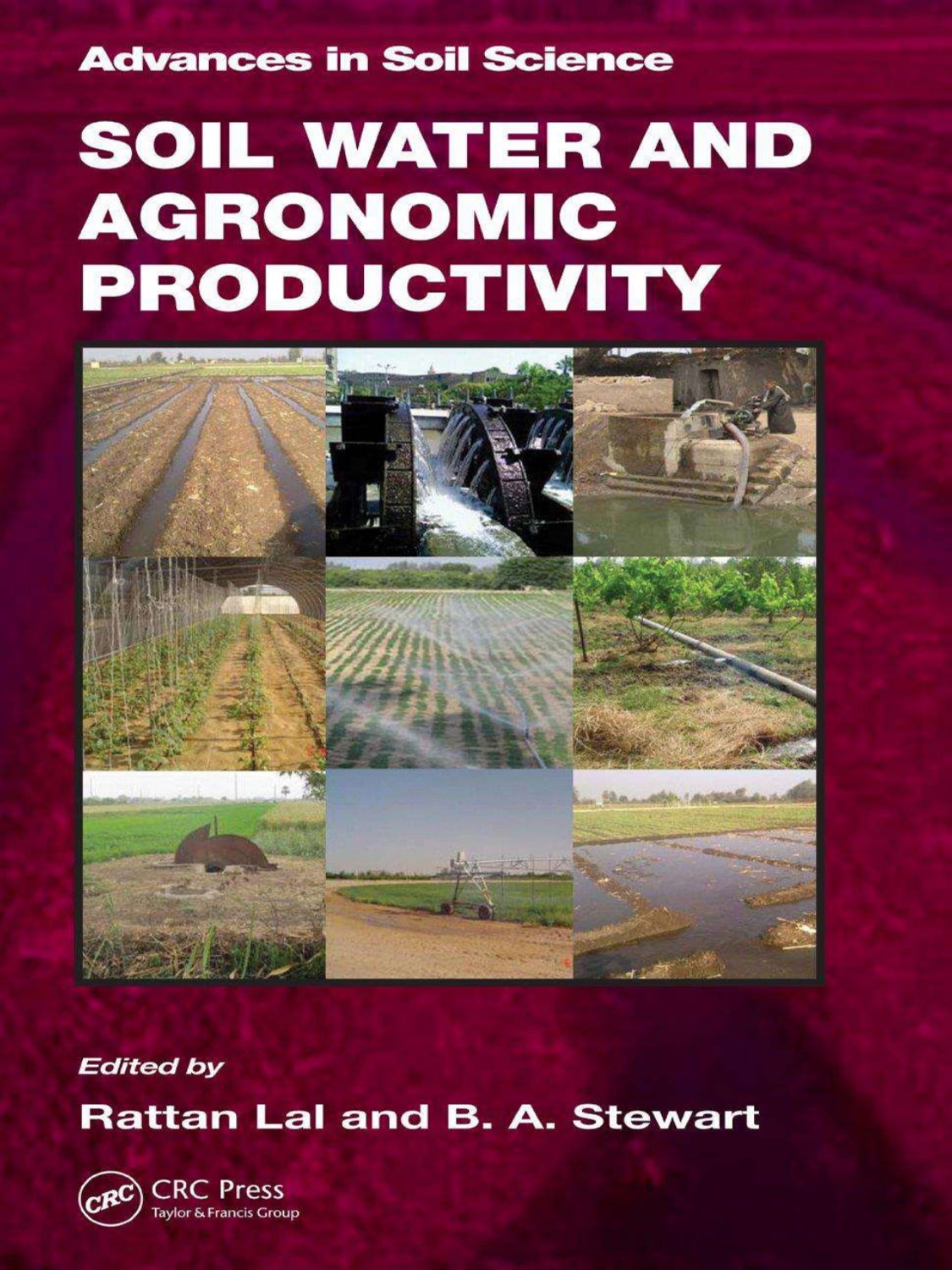



Reviews
There are no reviews yet.